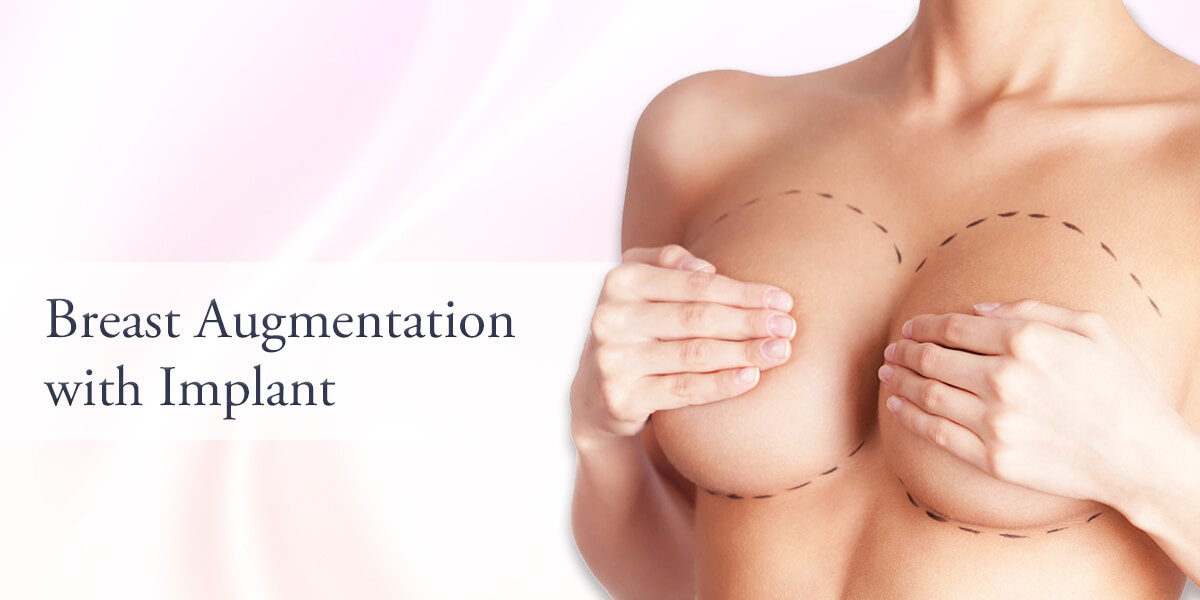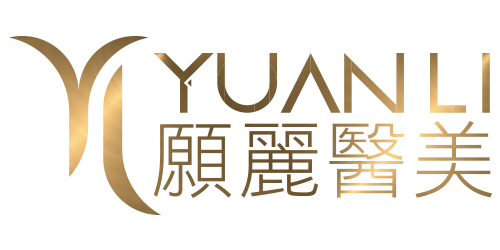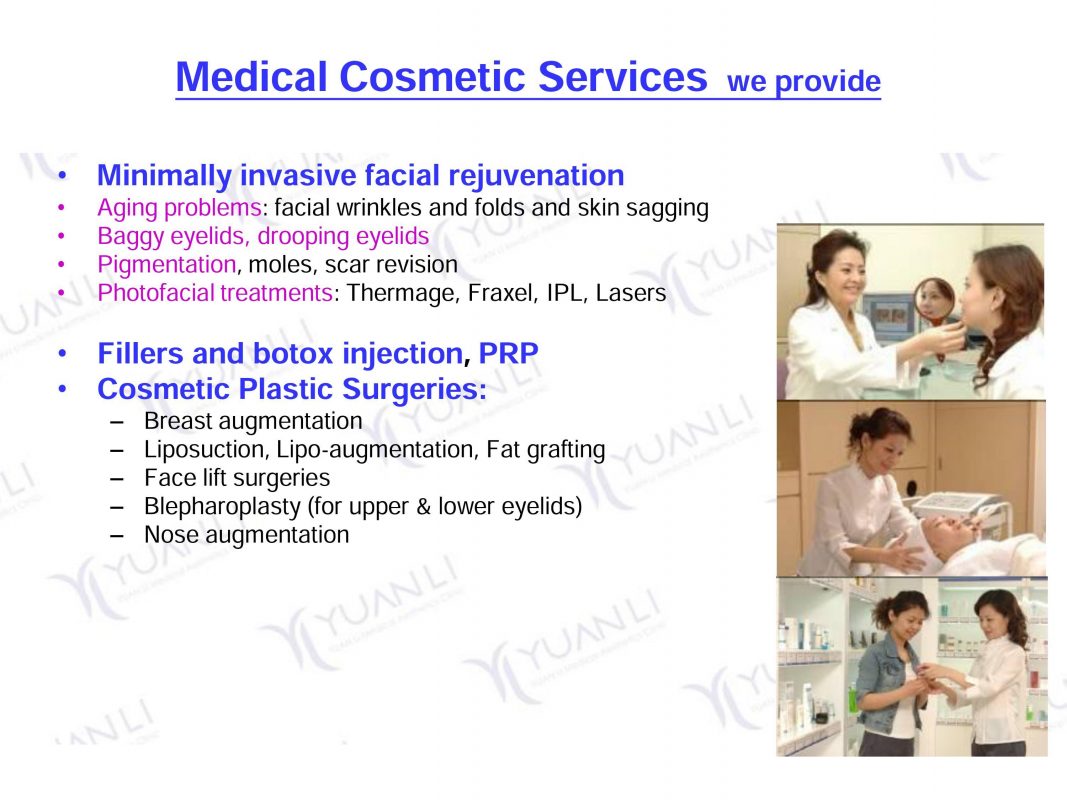
Breast surgery is a challenging reconstruction procedure. One needs to balance aesthetics with the overriding health of the breast. During the procedure, surgeons carefully tailor the breast shape based upon patients’ bone and muscle structure. Surgeons will also make sure the breast appearance is balanced after breast reconstruction.
High-resolution endoscopic breast augmentation
Presently, endoscopic breast augmentation is the most advanced and safest method of surgery. A tubular microscope is inserted into the surgical space, which then magnifies the images of internal structures and transmits them to a screen that a surgeon can view. This allows the surgeon to dissect tissues with electrocauterization to avoid unwanted ruptures or injuries as well as ensure the safety and stability of the surgery.
- Less intraoperative hemorrhage (only 50 cc on average)
- Possibly less damage to nerves and reduced sequelae related to compromised postoperative sensitivity
- Complete intraoperative hemostasis and less prone to cause acute hemorrhage or hematoma and other complications
- Concurrent real-time imaging and surgery to ensure complete dissection
- Instant contracture of tissues after cauterization with an electrocautery knife to markedly relieve postoperative pain
- Able to perform advanced sub-fascial breast augmentation requiring delicate dissection
Surgical Conditions
- Type of incision: Transaxillary, periareolar, inframammary, or umbilical (TUBA) incision
- Recovery: Within 2–3 days
- Removal of stitches: 7–10 days
General Instructions
- Frequent stretching should be performed for 1 month postoperatively to prevent axillary scar adhesion.
- Tasks and exercises that require excessive arm strength should be avoided, and underwired or push-up bras should not be worn for 3 months postoperatively.
- Smoking and consumption of collagen or vitamin C should be avoided for 3 months postoperatively to prevent the formation of capsules.
- Consistent and regular breast massage should be performed for 6 months postoperatively to maintain breast shape and softness.
Potential Complications
- Temporary facial stiffness or numbness
- Incomplete correction
- Foreign body reaction, thread knot exposure
- Poor healing of the scalp wound
Ideal Candidates
- Those with saline implants
- Those with a flat chest, A cup, or pectus excavatum
- Those with breast tissue thickness less than 2 cm
- Those with front chest skin thickness less than 1 cm
- Those who desire both large-size implants and a natural look
- Those who care if implants can be felt by touch
Possible Complications
- Capsular contracture (8 – 15%)
- uneven breast height
- scar adhesion (underarms)
- hypertrophic scarring (areola)
- implant leakage or rupture
- insensitive or oversensitive nipples (temporary)

